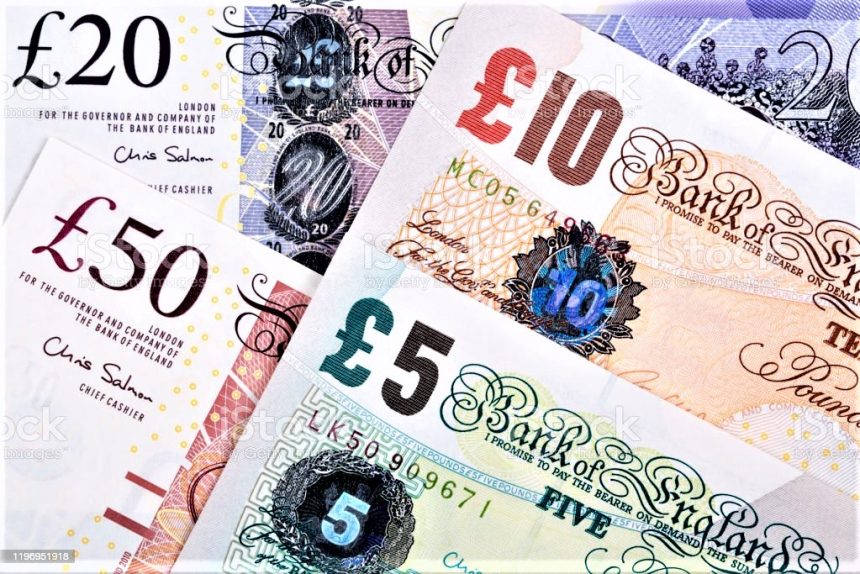Pound Sterling recovers further to 1.2550 on improving market sentiment and a drop in the US Dollar.
The Pound Sterling (GBP) rose to 1.2550 against the US Dollar (USD) in Friday’s London session. The GBPUSD pair gains as financial markets expect the Bank of England (BoE) to lower interest rates at its September meeting. Roughly in line with forecasts that the US Federal Reserve would do the same. Previously, investors were divided between the June and August meetings.
The BoE is likely to begin lowering interest rates at the September meeting.
The talk regarding the BoE swinging on interest rates Cuts have been postponed because investors are concerned about robust wage growth in the United Kingdom. Which is feeding the core Consumer Price Index (CPI). The central bank’s favored inflation indicator.
For headline inflation, BoE Governor Andrew Bailey expressed confidence. That it will revert to the desired rate of 2%. The next BoE monetary policy decision will be made on May 9. With markets expecting the bank to keep interest rates unchanged at 5.25%.
Investors should prepare for strong volatility ahead of the US NFP at 12:30 GMT.
Investors will be watching closely to see if Andrew Bailey follows through on his statement from March’s policy meeting. That two or three rate cuts are reasonable this year.
Daily Market movers: Pound Sterling maintains resilience, while the US Dollar trades at three-week lows.
The Pound Sterling extends its rebound to 1.2550 against the US dollar. As market mood remains optimistic amid uncertainties around the release of the United States Nonfarm Payrolls (NFP) and ISM Services Purchasing Managers Index (PMI) figures for April. The S&P 500 rebounded quickly on Thursday, rising approximately 0.90% and indicating that investors’ risk appetite has increased.
Furthermore US nonfarm firms are predicted to hire 238K workers in April, down from the previous estimate of 303K. The unemployment rate is expected to hold constant at 3.8%. Investors will pay close attention to the Average Hourly Earnings data. Which will provide a new inflation outlook. The annual wage growth rate is estimated to have slowed to 4.0% from 4.1% in March. With monthly statistics rising consistently by 0.3%.Strong labor demand and faster wage growth would allow the Federal Reserve to postpone rate cuts. While signs of labor market weakening would increase rate cut bets, which are currently expected at the September meeting.
The ISM Services PMI, which reflects the service sector that makes up two thirds of the economy, is predicted to grow to 52.0 from 51.4 in March.
Moreover Aside from the upbeat market attitude, a steep decrease in the US dollar has boosted the GBPUSD pair. The US Dollar Index (DXY) is trading near a three-week low of 105.20, driven down by disappointing Q1 Nonfarm Productivity data and the Fed’s less hawkish outlook on interest rates than expected.
Furthermore The Q1 Nonfarm Productivity statistics, which shows hourly output per worker, rose at a substantially slower rate of 0.3%, compared to projections of 0.8% and a high figure of 3.5% in the fourth quarter of 2023.
Fed Chair Jerome Powell’s press conference on Wednesday.
Following the monetary policy announcement and Fed Chair Jerome Powell’s press conference on Wednesday. Markets concluded that the Fed will continue to ease restrictive policies this year. Moreover Jerome Powell recognized that progress in disinflation has halted, but he remains optimistic that rate reduction will occur this year. The Fed also slowed the tapering of the balance sheet. Starting June 1. The Fed will decrease the maximum on Treasury securities it permits to mature and not be replaced to $25 billion. Down from its current cap of up to $60 billion every month, according to Reuters.









